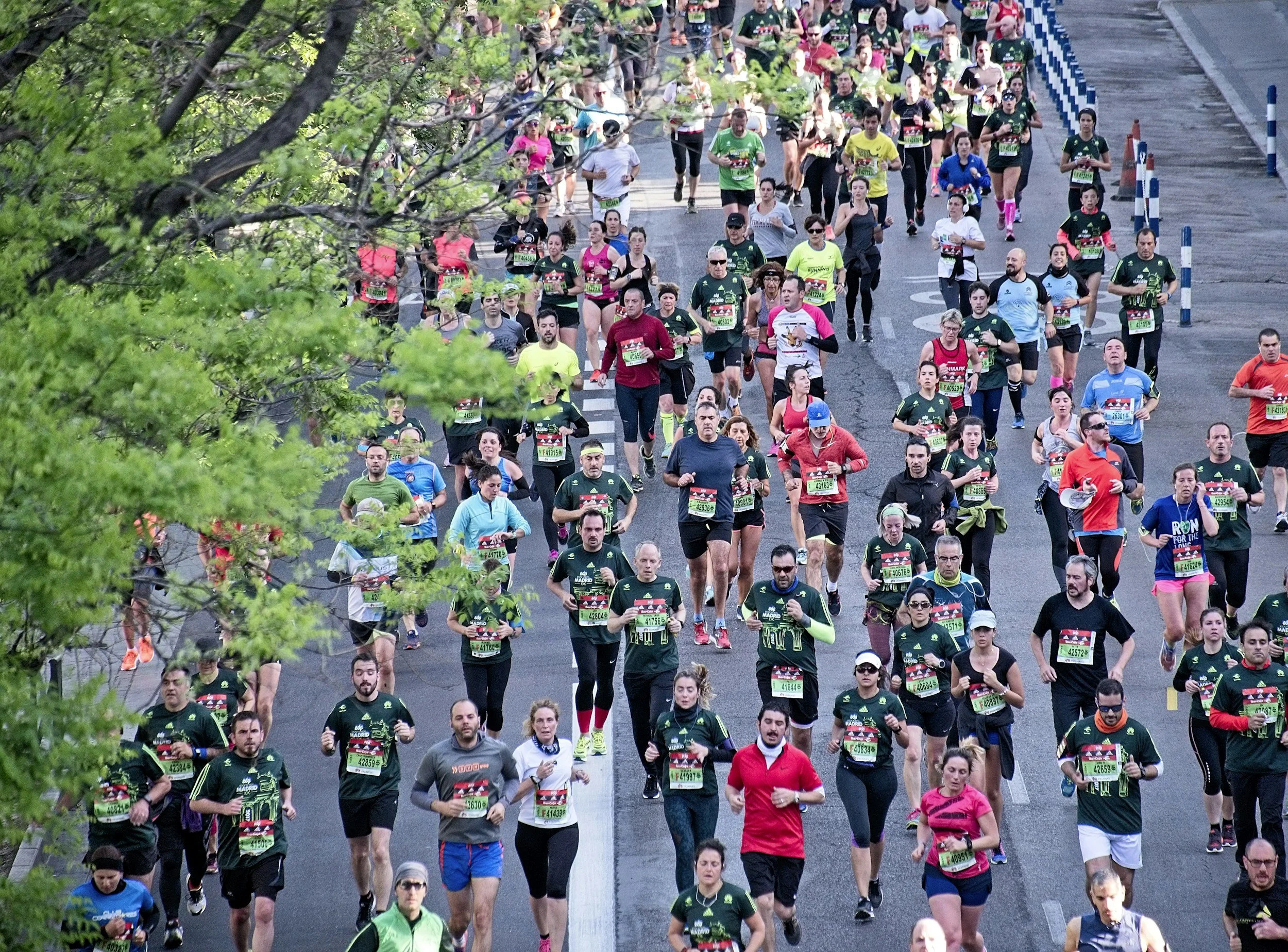Training For a Marathon? Top Tips to Prevent Injury From a Physical Therapist
Marathon training is a phenomenon that less than 1% of the population ever gets to experience! It requires dedication, extreme endurance and physical strength, as well as a fierce mental toughness.
Training for a marathon is an exhilarating journey, but it also comes with its risks of injury. As a seasoned physical therapist, I've seen firsthand the toll that marathon training can take on the body. That's why I'm here to share my top tips for preventing injuries and maximizing your marathon experience!
Here are my top tips aimed at injury prevention and maximizing your training so you can cross the finish line strong!
Start Slow and Build Gradually: One of the most common mistakes that marathon runners make is ramping up their mileage too quickly. Instead, start slow and gradually increase your mileage and intensity over time. This allows your body to adapt to the demands of training and reduces the risk of overuse injuries like stress fractures and tendonitis. Having a strong baseline fitness is essential for marathon training. If you are newer to running and to fitness in general, your training cycle should be much more gradual than a seasoned runner.
Focus on Strength and Stability: A strong and stable body is better equipped to handle the rigors of marathon training. Incorporate strength training exercises into your routine to build muscle strength and improve joint stability at least twice per week throughout your training. Pay particular attention to strengthening the muscles around your hips, knees, and ankles, as these are common sites of injury for runners. A skilled Physical Therapist can help you structure a tailored running specific strength program to ensure you are challenging your body in the most appropriate ways.
Prioritize Recovery: Recovery is just as important as training when it comes to preventing injuries. Make sure to include rest days in your training schedule to allow your body time to repair and recover. Incorporate active recovery techniques like dry needling, foam rolling, stretching, and yoga to help loosen tight muscles and improve flexibility. Also ensure that you are getting adequate water and electrolytes as well as prioritizing sleep and stress management!
Listen to Your Body: One of the most important lessons any runner can learn is to listen to their body. Pay attention to any warning signs of injury, such as persistent pain, swelling, or decreased range of motion. If you experience any of these symptoms, don't ignore them. Seek professional help as soon as you feel an injury coming on so you can maximize your fitness while addressing the injury. A common mistake I see runners make is that they wait far too long to seek guidance from a professional. Typically, the longer you wait to seek help, the longer it will take for the injury to heal.
Invest in Proper Running Shoes: The right shoes can make all the difference when it comes to preventing injuries. Invest in a good pair of running shoes that provide adequate support and cushioning for your feet. Consider getting fitted for a shoe by a professional to ensure your foot is moving properly and is not restricted. In addition, you should be getting new shoes every 300-500 miles or so depending on the terrain and your wear pattern.
Fuel Your Body Sufficiently: Proper fueling strategies can make or break a marathon training cycle. Endurance athletes have unique needs when it comes to nutrition, and it is best to work with a trained professional like a registered dietitian to make sure you’re on the right track. Under fueling can lead to serious injuries like stress fractures, muscle tears, tendon breakdown to name a few. It can also cause disruption in menstrual cycles, sleep, energy levels and overall organ system functioning.
In summary, training for a marathon requires dedication, discipline, and careful attention to your body's needs. By following these top tips from a physical therapist, you can reduce your risk of injury and increase your chances of crossing the finish line strong and healthy. Happy training! Remember, don’t wait to reach out to your physical therapist! We are here to help you be strong and resilient and stay running.
If you are struggling with illness or injury and would like to get your body moving, schedule a physical therapy appointment with us today! At Wildflower Physical Therapy & Wellness, we can help you to get back to the life you want to live through pain management strategies, activity promotion and exercise. Our Cash Based Physical Therapy model allows us to deliver a highly individualized treatment plan without the fuss of insurance companies. Interested in trying dry needling to support your exercise routine and maximize recovery? Reach out to us today!

